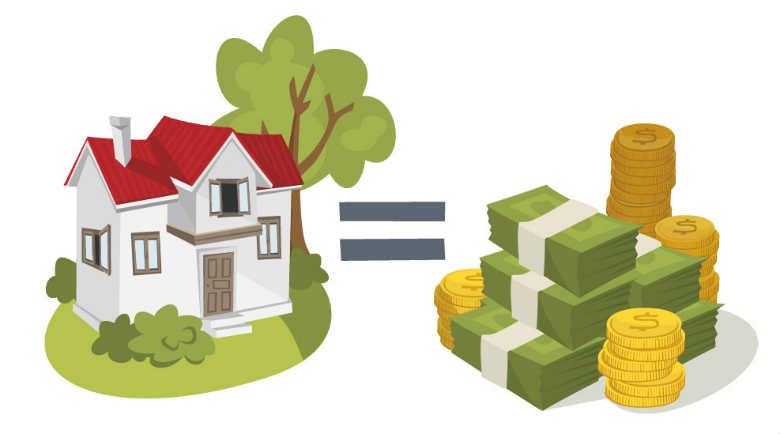People who need money to cover unexpected expenses such as medical bills or car repairs, to consolidate credit card payments or to start a business, and who own their own home, oftentimes wonder if a reverse mortgage is their best option.
Reverse mortgages are offered in many countries, and terms and requirements will vary by country.
In this article, we will address specifically a Reverse Mortgage obtained in the United States.
Who is Eligible for a Reverse Mortgage?
Before we talk about what a reverse mortgage is, let’s talk about who is eligible for it.
To qualify for a Reverse Mortgage, the home owner must be:
- At least 62 years of age
- Have a sufficient amount of equity in the home
- Use the home as his or her primary residence
If the home owner has a spouse who is younger than 62, and the home owner dies, the surviving spouse will continue to be able to live in the home without having to pay off the Reverse Mortgage balance, subject to certain strictures.
Now let’s go chronologically through this topic.
What is a Reverse Mortgage?
A reverse mortgage is a mortgage loan – and must be paid back. The key is that it doesn’t have to be paid back until the owners pass away, decide to sell the home for other reasons, or decide to move.
The borrower can borrow up to the value of the equity in the property – although, in the first year of this mortgage loan, they can only access up to 60% of that equity as a lump sum payment.
It’s not necessary for the home to be owned free and clear, but there must be enough equity in the home that, when the time to pay it off comes due, the proceeds from a sale will cover any money still due on the property, as well as the reverse mortgage loan itself.
The keys to a Reverse Mortgage are these:
- There are no monthly payments required
- Interest is charged on the loan monthly, and will accumulate over the course of time
- The Reverse Mortgage loan lasts for a certain length of time but then it must be paid back, including the accumulated interest
- The home owner must keep current with property taxes and homeowner’s insurance
- The home must be well-maintained for the length of the reverse mortgage loan
In 2015, new rules were put in place by HECM (the Home Equity Conversion Mortgage)
Benefits of a Reverse Mortgage
- Reverse Mortgages are typically attractive to older Americans who wish to live in their homes until they pass away, and wish access to their home equity for whatever reason.
- They have access to the complete equity in their home, and can use those funds for any purpose.
- They have no monthly payments to make.
Drawbacks of a Reverse Mortgage
A Reverse Mortgage is a complex financial instrument, and it’s possible some borrowers may not fully understand the ramifications of each of its strictures.
Statistics show that in 2014, 12% of Reverse Mortgage borrowers defaulted on their home owner’s insurance or property taxes. By defaulting on these required elements of the loan, their home was put into foreclosure.
Reverse Mortgages as part of a “broader financial plan”
According to Peter Bell, President of the National Reverse Mortgage Lenders Association (NRMLA,) “Reverse mortgages work best when loan proceeds are used slowly and as part of a broader financial plan.”
The NRMLA is an organization that works in concert to help develop Reverse Mortgage Professionals to offer this loan, as well as to help ensure seniors understand all the aspects of a Reverse Mortgage.
Source: https://www.housingwire.com/articles/37546-study-recent-changes-to-reverse-mortgage-rules-cut-default-risk-in-half


